Whenever we look around our sights and encounter trees of all sorts everywhere, our minds are distracted by the very ground observations of how long does it take for a tree to grow. Responding to such enquiry is quite rigorous as the term “tree’s growth” possesses numerous meanings.
This article will examine the basic question, of how long a tree takes to grow, besides other questions; whether life span can be affected by the tree’s growth or not, what is the preferred season for plant growth? How the speeding up or down plant growth is possible? In addition to it, factors affecting and stages of plant growth will be the core of this article as well.
Table of Contents
Science & Growth of Trees
According to scientific studies, the earth is surrounded by more than sixty thousand (60,000) species of trees. Each species has its own growth velocity favoured by its own desirable condition, so it can be pointed out that the rate of growth depends on the species. This growth may vary from a decade to a century. However, the tree’s growth can be accelerated or retarded by providing favourable conditions.
To know more about the growth of trees, the stages and subsequent uses read the article How to Preserve Willow Branches.
Every Tree Has Its Own Growth Rate

As mentioned earlier, every species of tree has its own growth rate, some of them take from a decade to a score to fully grow and enter into their mature phase while others take a century to do so, and even the fastest growing plants take a few years. Weeping Willow Trees grow up to 15 ft in just 5 years; Sugar Maple and American Sweetgum also observe so. So the average height in 10 years is 10 to 15 ft.
Furthermore, the average growth tenure is 20 to 30 years in which average growing plants fully mature. The underground growth of a seed to a plant is often neglected but it also takes 3 to 4 weeks to embrace the first sun ray. The normal annual height for a plant is 1 ft but Ginko Biloba Trees deviate from the norms, take a century to mature and are considered among the slowest growing plants.
Here, the questions that arise in mind are why the case is so and does a Tree’s growth rate affect its life span; if yes how come; what are the factors that have a bearing on the speed of growth of the tree?
Rapid Tree’s Growth and Its Adverse Effects
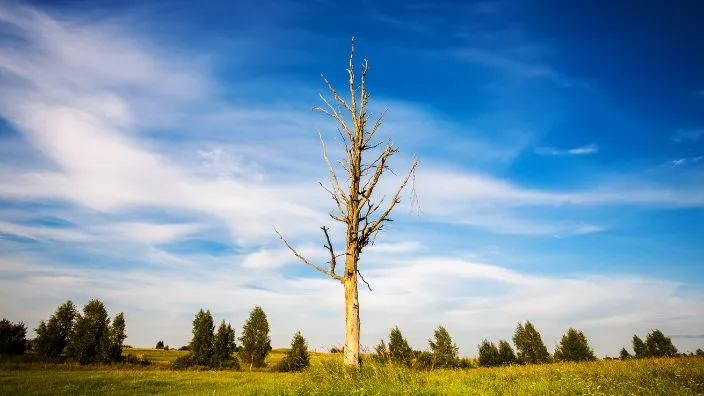
In response to the given query, Yes, the growth rate of a plant affects its life span. According to scientific research, the fast-growing plant consumes more energy and gets tired before crossing the line of maturity. Normal growth ensures each and everything is strong; beginning with the very first phase plant normally strengthens its root and stands firm resisting strong storms in earlier years.
A heightened and tall tree does not mean strength and firmness. These types of trees mature sexually and are made victims of fires, floods and rapid decay. In short, a tree going through transition phases normally will be strong enough. Now it can be understood what this normality is, what are the conditions that favour normal growth?
Conditions Influencing Growth of a Tree
Most of the time people face the problems of growth; they find it difficult to grow plants, crops and other green entities for different purposes like agriculture, fencing, gardening etc. First of all, they should decide whether to go for seed or already grown plants, seedlings.
The seed is much better and can be grown easier with the provision of favourable conditions. Among the conditions which influence a plant’s growth are; water, sunlight, nutrients and fertilizers and climate. All of them are of high importance for a plant’s growth and avoiding merely one can be a barrier to growth. Let’s discuss all of them one by one.
Water
The first one is that water is not only vital for humans but is equally important for plants as well. Without water life is unimaginable for all living things, depriving them of water may lead to death and decay. For plants water is the main source, seed cannot grow into a seedling without water, photosynthesis is also impossible without it.
So no water no plant and eventually no life. Water is as necessary for a grown tree as for a young plant. It is said that excess of everything is bad, proving excess amount of water may lead to bad results. Water in moderate amounts or water according to the species' necessities is better to give. Sea plants cannot be grown in deserts and vice versa.
Sunlight
The second, sunlight is a component of photosynthesis with the help of which plants make energy by forming sugar. Plants cannot be grown in areas lacking sunlight like rooms, basements, etc. The minimum exposure to sunlight required for growth is 6 hours. Plants in tree-populated areas or shaded areas will be less likely to grow as compared to others. In the winter season plants often show reluctance only on account of sunlight, the warm season is supposed to be the best.
Nutrients and Fertilizers
The third, Nutrients and fertilizers are equally necessary besides water and sunlight. The type of nutrients in this section is meant to be that of external, soil. It is a common observation that plants in forests grow thicker and taller than that of alone growing. The problem with the latter is the lack of nutrients, the former gets it from the fallen leaves and barks of trees. So if a tree is standing alone it should be provided with natural and artificial fertilizers.
Climate
Last but not least; climate may also influence plant growth. Weather conditions, rainfalls and other factors also contribute to and enhance plant growth. Winter season with low temperatures retard plant growth, lack of rainfalls lowers the underground water and plant growth suffers. The best time is the end of the year which brings the best climate conditions.
Effect of Environment on Growth of a Tree
There are a few environmental factors, which also play significant roles in the growth of a tree; a brief description of the circumstances affecting the growth of the tree has been discussed as follows: -
The Effective Season for Tree’s Growth

Neither hot summer nor winter is a moderate situation for plant growth in the time between August and October. Winter with low temperatures and tired sunrays cannot help plants to grow while summer with its hottest face also fails. In water, plants lose all their leaves. Furthermore, the favourable time to pick and grow seeds is that of autumn, in which seeds get all important things at a time. Not seasons but the provision of required things can change the scenario.
How to Accelerate the Tree’s Growth
If a tree is exhibiting any kind of abnormality in its growth one can speed up growth by providing; more water, nutrients and fertilizers and exposing it to sunlight. Removing weeds, and cutting down the extra speeded branches, also can be termed as pruning, increases the growth rate. In addition to it, particularly treating diseases may also help the race of growth.
Retarding Growth of a Tree
Growth velocity is not only increased but also can be decelerated. Some plants show premature growth, increase their height but not thickness and need to be controlled. It is made possible by adding hormone regulators, which secret Gibberellin. It can also be done by trimming the top branches. If a tree is cut down mistakenly what would happen?
A Tree to Grow after it Was Cut Down
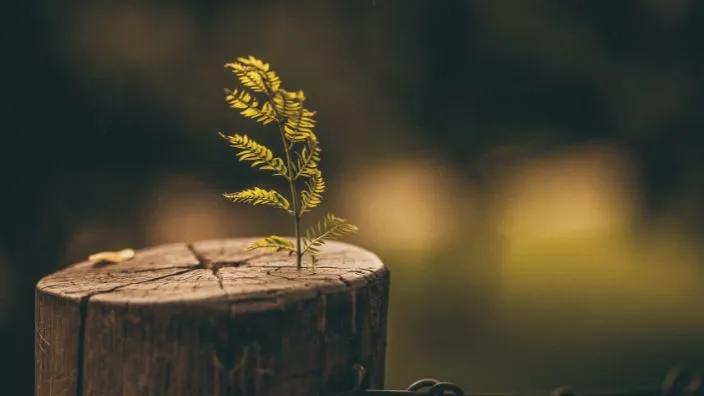
Cutting down a tree completely does not mean its death and decay, with the help of self-healing it can regrow and get into life again. Usually uncontrolled growing tree needs to be pruned down but the question is how and where to cut. Professionals can direct you to do this job, you need extra care to trim branches and leaves.
During winter tree loses its leaves and then it grows thick and tall. If you unintentionally cut the stem, the plant is still likely to survive, this regrowth also depends on the species of the plant. Based on the rates there are three types of growing plants; slowest, moderate and fastest-growing trees.
Species of Trees & Speed of Their Growth
Although various factors do play their role in the accelerated growth of a tree or its slow growth, it is not an absolute rule. It has been noted that few species of tree have slow-growth while others have fast; however, following a variety of trees has been given to establish the inherent features of the trees as to their growth rate.
Slowest Growing Trees
These are the types of plants which grow less than 1 foot in a single year. They also are unable to give seeds. Slow-growing trees include; White Oak, Rocky Mountain Douglas Fir, Blue Cedar, Eastern Hemlock, Weeping Cherry, Japanese Maple and Canadian White Cedar. The last one grows only inches in 155 years While the first one takes about half a century of years to start growing acorns.
Moderate Growing Trees
These are the types of plants which grow on average speed, from 1 to 3 feet in a year which is also a common growth. These trees are supposed to be the strongest of all as they grow and mature perfectly with time. These moderators are also counted among the plants that live for 100 years if not disturbed. People mostly invest in such plants and their generations then enjoy these planted trees. The group of these is comprised of; Sugar Maple, Tulip Poplar, Douglas Fir, Linden, and Sweetgum.
Fastest Growing Trees
Fastest-growing trees are expected to grow up to 5 feet in a year and are not counted among the strongest. As mentioned earlier these are most susceptible to floods, wood fire, water or any other disaster. Their life span on account of their uncontrolled and premature height is relatively less than that of others, ranging from 40 to 50 years which seems quite impossible.
These types of species are profitable for desired high plants within a short interval of time. This group includes; Hybrid Poplar, River Birch, Red Maple, Arborvitae Green Giant, Weeping Willow, and Quaking Aspen. The first one shows an unexpected growth of 8 feet annually.
Longest Living Trees
Moderate-growing plants are considered the longest-living species that grow on average speed, growing only a foot per year which is a common growth rate. These trees are supposed to be the strongest of all as they grow and mature perfectly with time.
These plants live for more than 100 years if not disturbed. The famous among them are Mingo White Oak which lives about 600 years and the Rocky Mountain Douglas Fir at el Malpais is expected to live for 1000 years. How these trees grow will be the next encounter.
Tree to Grow – Essential Phases
The crucial aspect is how the tree’s growth occurs. What are the stages or phases of a plant’s growth? There are four phases of growth namely; the Germination phase, Seedling Phase, Mature phase and ancient phase.
First Phase: Germination
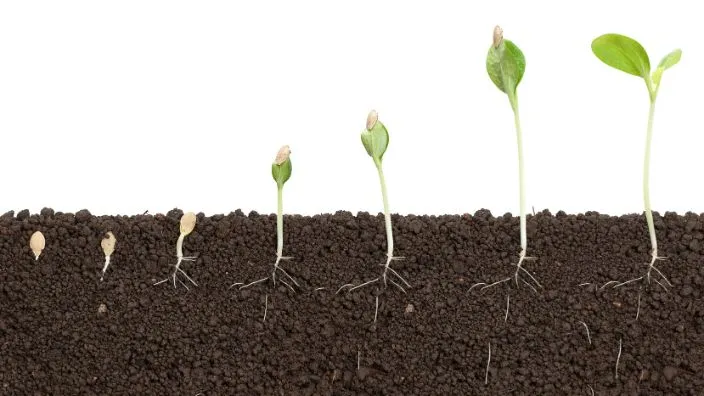
The first and foremost stage of every plant is the germination phase, the seed is sown in the ground and it starts absorbing nutrients, water and other essential things of the soil. This phase often extends from 1 to 3 weeks. In the very first week seed starts absorption, in the next it becomes soft, removes its hard shell raises its branches and in the third week branches are spread over the underground soil and strengthen its base. For instance, Wheat seed germination takes only a week while that of Maize extends up to a month.
Second Phase: Seedling Development
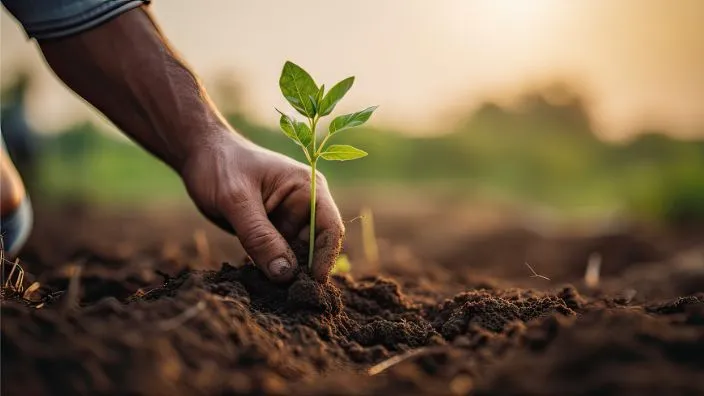
The next step for plant growth is seedling to sapling development after branches plant tends to grow out of underground soil and face the rays of sunlight. This stage may take 6 months and even can extend up to several years. For example, Wheat takes up to 6 weeks, Maize takes 55 days. After this phase plant enters into mature stage.
Third phase: Maturity or Fruit Bearing
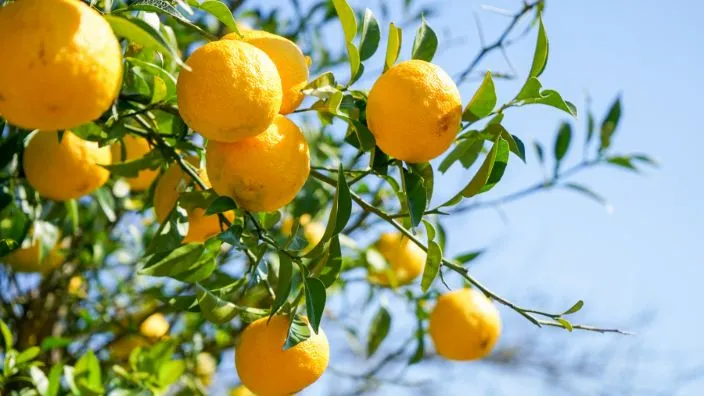
After seedling plant begins bearing fruit or enters into the stage of maturity. In this stage, a tree reaches its full length or height and starts growing flowers. However, the time span varies from species to species. For example, Maize’s maturity time span is 10 to 12 days while that of Wheat is a little more. Talking about big trees, the Oak Tree converts into an acorn tree at the age of 30 years.
Fourth Phase: Centennial or Ancient
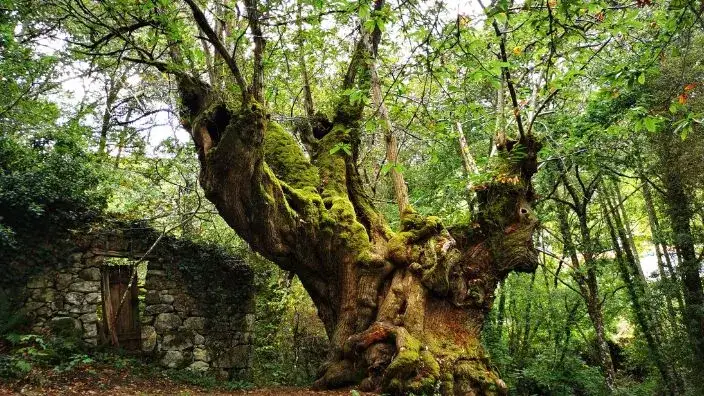
This stage is not often undergone by all the trees, only the slowest and moderate-growing trees achieve this milestone. When a tree surpasses the age of 100 years then it can be termed an ancient tree or centennial. These plants live for more than 100 years if not disturbed.
The famous among them are Mingo White Oak which lives about 600 years and the Rocky Mountain Douglas Fir at el Malpais is expected to live for 1000 years. How these trees grow will be the next encounter. The Oldest of all trees and one of the oldest living organisms in the world, Pando, has an estimated age of 80,000 years.
Conclusion
To sum up the article in response to the query ‘How long does it take for a tree to grow’, it has been observed that every tree has its own growth rate favoured by its own desirable condition, growth also varies from species to species. This growth may vary from a decade to a century.
However, the tree’s growth can be accelerated or retarded by providing the favourable conditions. The fastest-growing plant consumes more energy and gets tired before crossing the line of maturity. Normal growth ensures each and everything is strong; beginning with the very first phase plant normally strengthens its root and stands firm resisting strong storms in earlier years.
Most of the time people face the problems of growth; they find it difficult to grow plants because of influencing conditions. Among the conditions which influence a plant’s growth are; water, sunlight, nutrients and fertilizers and climate. All of them are of high importance for a plant’s growth and avoiding merely one can down the growth rate.
Frequently Asked Questions
How long do trees take to grow fully?
The question of how long trees take to fully grow is quite challenging to answer. A tree’s growth depends on the species and on the influencing conditions. Based on the growth rate trees are classified as slowest-growing, moderate and fastest-growing trees. Slow-growing trees have the longest life and can grow over centuries of years if not disturbed. The famous among them are Mingo White Oak which lives about 600 years and the Rocky Mountain Douglas Fir at el Malpais is expected to live for 1000 years.
How these trees grow will be the next encounter. The Oldest of all trees and one of the oldest living organisms in the world, Pando, has an estimated age of 80,000 years. The life span of fastest growing trees on account of their uncontrolled and premature height is relatively less than that of others, ranging from 40 to 50 years. The moderate-growing trees are also counted among the plants that live for 100 years. So it can be assumed that trees take as much time as they can to fully grow.
How much can a tree grow in 10 years?
Before responding to the question that how much can a tree grow in 10 years, it is preferable to discuss the annual growing height. As mentioned earlier, every species of tree has its own growth rate, some of them take from a decade to a score to fully grow and enter into their mature phase while others take a century to do so, even the fastest growing plants take a few years.
Weeping Willow Trees grow up to 15 ft in just 5 years; Sugar Maple and American Sweetgum also observe so. So the average height for them in 10 years is 10 to 15 ft. The normal annual height for a plant is 1 ft but Ginko Biloba Trees deviate from the norms, take a century to mature and are considered among the slowest growing plants. So talking about the average tree can grow from 10 to 40 feet in a decade (10 years).
How much does a tree grow in a year?
The annual growth of trees can vary from species to specie, climate and the provided conditions. However, it is said that the normal annual growth for a plant in length is 1 ft. The growth does not occur in a year of time, plants are less likely to grow in winter but in spring and summer, they get the favorable temperature and sunlight for photosynthesis. Mentioning some common species, Arborvitae Green Giant and Loblolly Pine grow 2-3 feet per year. Coast Douglas Fir and Flowering Dogwood extend up to only a foot in a single year.
Why do trees take so long to grow?
Plants take so long to grow because, unlike human, they produce their own energy (food) through the process of photosynthesis. The growth of trees can vary from species to species, climate and the provided conditions, every tree has its own growth rate, some of them take from a decade to a score to fully grow and enter into their mature phase while others take a century to do so, even the fastest growing plants take few years. The main obstacles in the growth of trees are unfavourable climates, and lack of sunlight, nutrients and water.
Why do some trees grow earlier than others?
Some trees grow earlier than others because a tree’s growth depends on the species and on the influencing conditions. Based on the growth rate trees are classified as slowest-growing, moderate and fastest-growing trees. Slowest-growing plants grow less than 1 foot in a single year, moderate-growing plants grow on average speed, forming 1 to 3 feet in a year which is also a common growth.
Fastest-growing trees are expected to grow up to 5 feet in a year and are not counted among the strongest. The variation in the growth of trees is highly dependent on climate, sunlight, nutrients and water. Take, for instance, one hand, the trees near the equator grow and mature rapidly just in 10 to 20 years because of moderate temperatures, favourable climate and long growing season.
On the other hand, trees in Northern Latitudes take time double on account of the lack of moderate temperature, favourable climate conditions, sunlight and other nutrients. So it can be pointed out that trees grow in warmer climates and mature in half of the time taken by tree in colder climate.


















